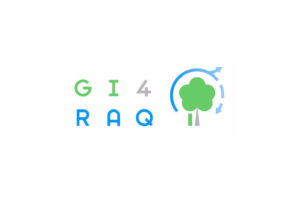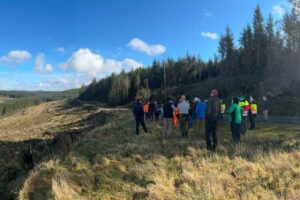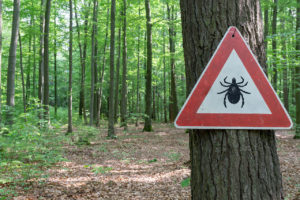Despite common misconceptions, street trees do not remove pollution from the atmosphere, but instead redistribute pollution by changing air currents within streets and beside open roads. The positioning and amount of planting on a certain street, but also the layout and orientation of that street, are critical to its impacts on local air quality.
Researchers from the University of Birmingham’s Institute of Forest Research (BIFoR) and School of Geography, Earth and Environmental Sciences have developed the Green Infrastructure for Roadside Air Quality or ‘GI4RAQ’ platform to help towns and cities estimate the changes in pollutant concentrations from different planting schemes. The open-source software’s calculations consider wind data from monitoring stations across the UK, and determine how background wind conditions interact with the local urban form and planting defined by the user.
A paper on the GI4RAQ was published in the journal Forests earlier this year. ‘Introducing the Green Infrastructure for Roadside Air Quality (GI4RAQ) Platform: Estimating Site-Specific Changes in the Dispersion of Vehicular Pollution Close to Source‘ can be accessed online here.
Dr James Levine, lead researcher on this project, said:
In reducing our exposure to pollution from nearby vehicles, strategic planting can complement essential emission reductions in reducing health impacts. But it’s not as simple as thinking that any planting will do good – if indiscriminate, it’s just as likely to have a negative impact. There are many good reasons to invest in green infrastructure but, if planting in the name of improving air quality, we must ensure it delivers genuine benefits. By estimating the benefits at planning, we can ensure good schemes are robust to cost-cutting and fully realised.
For more information, visit this page.






